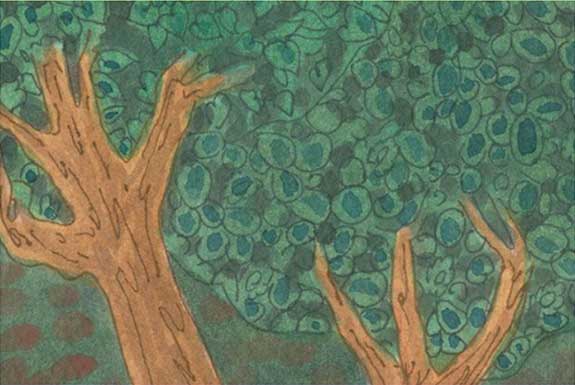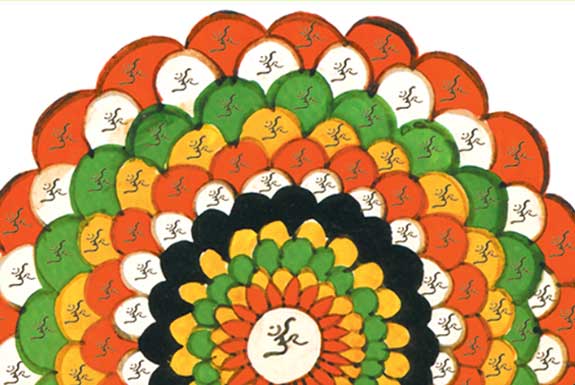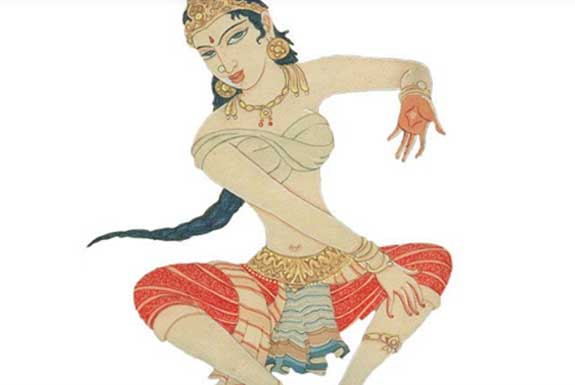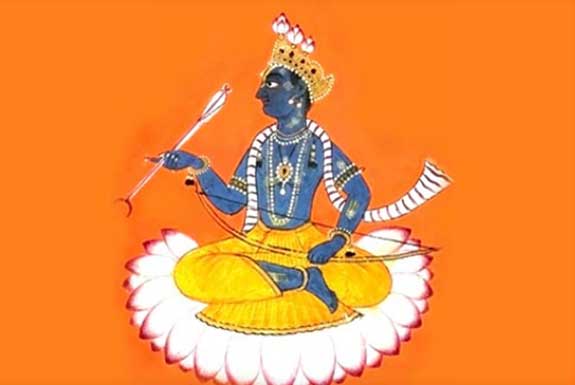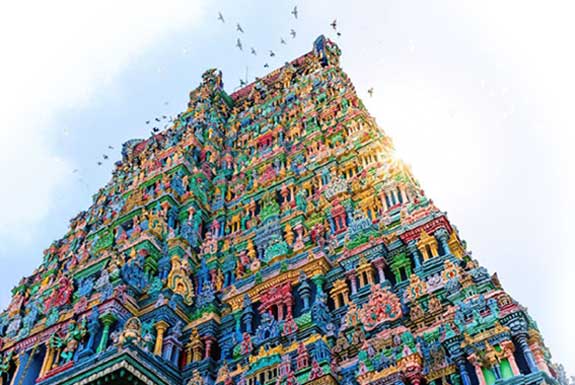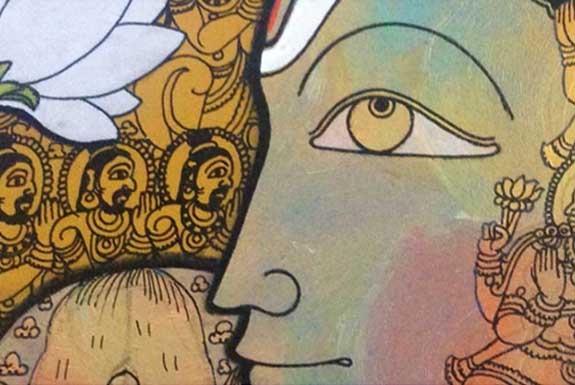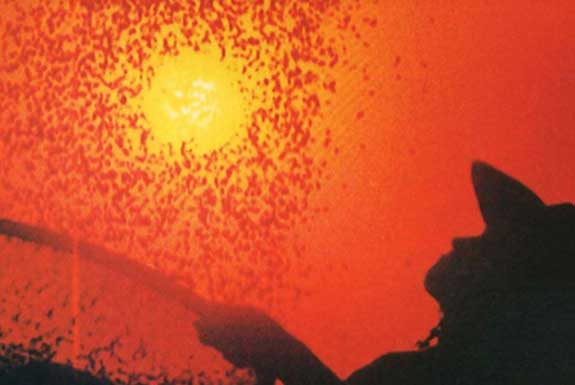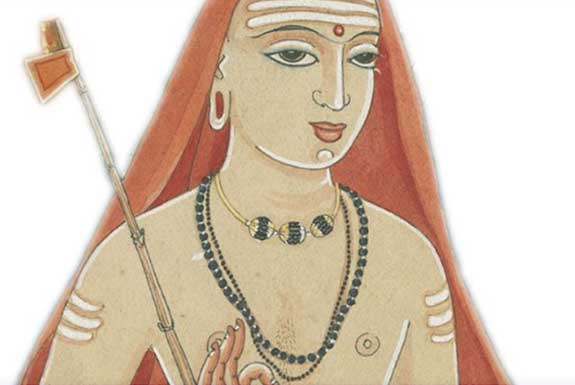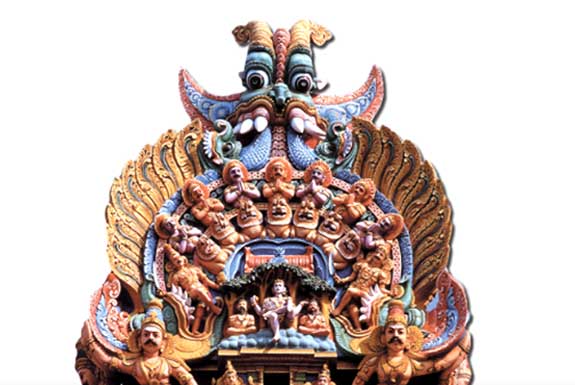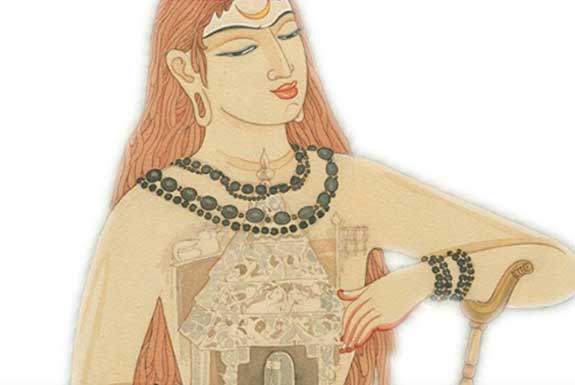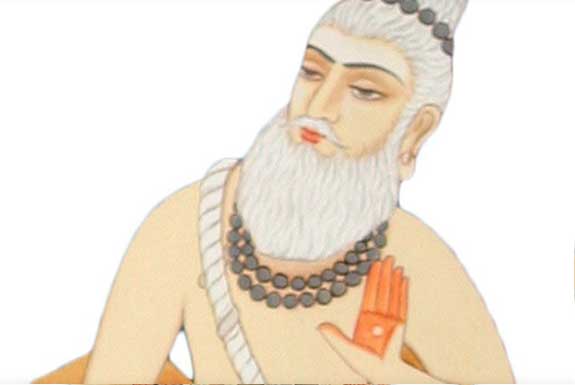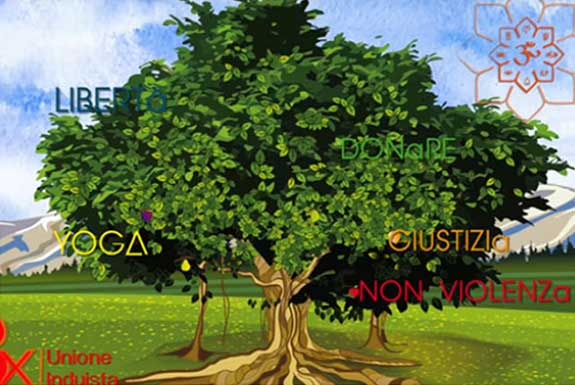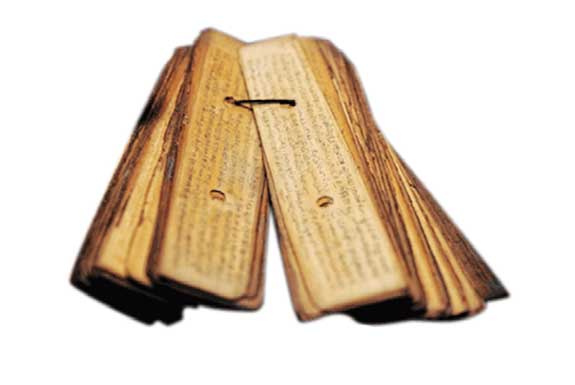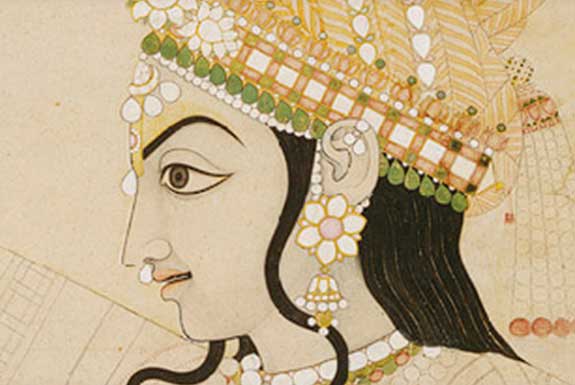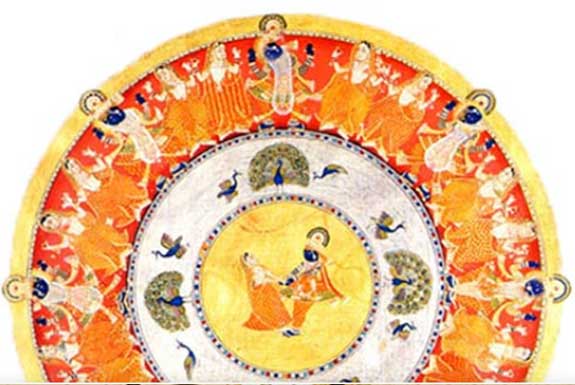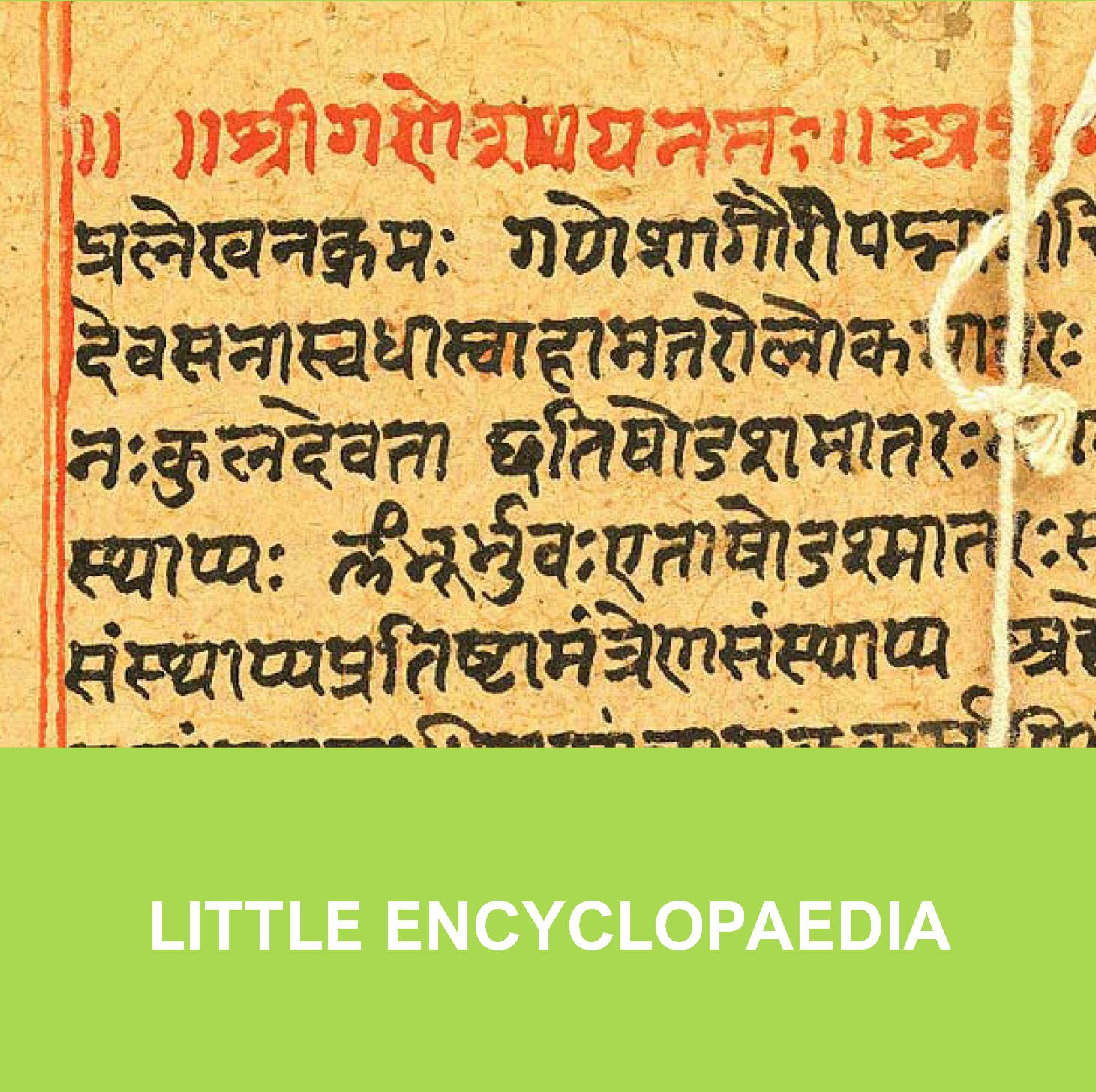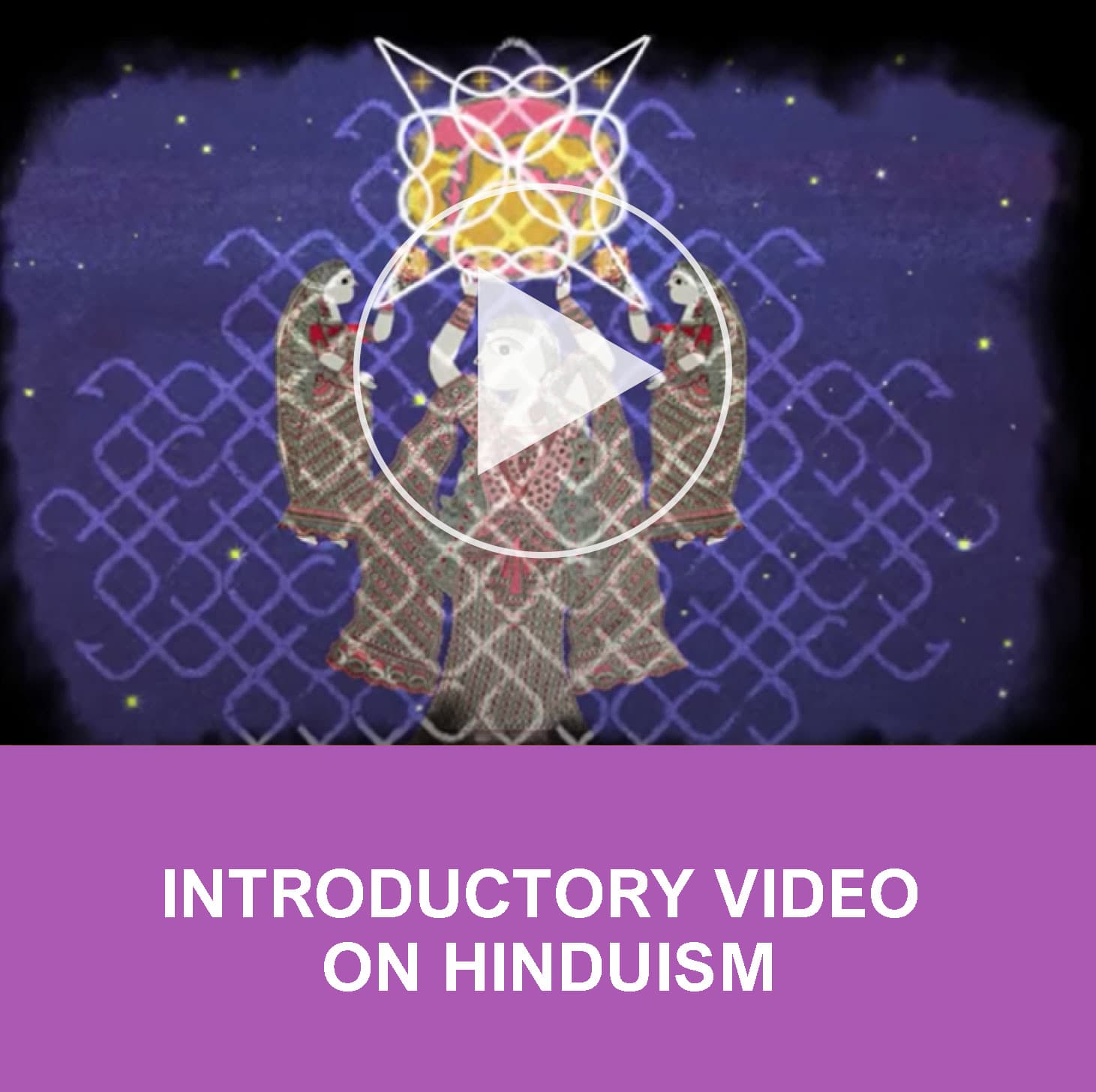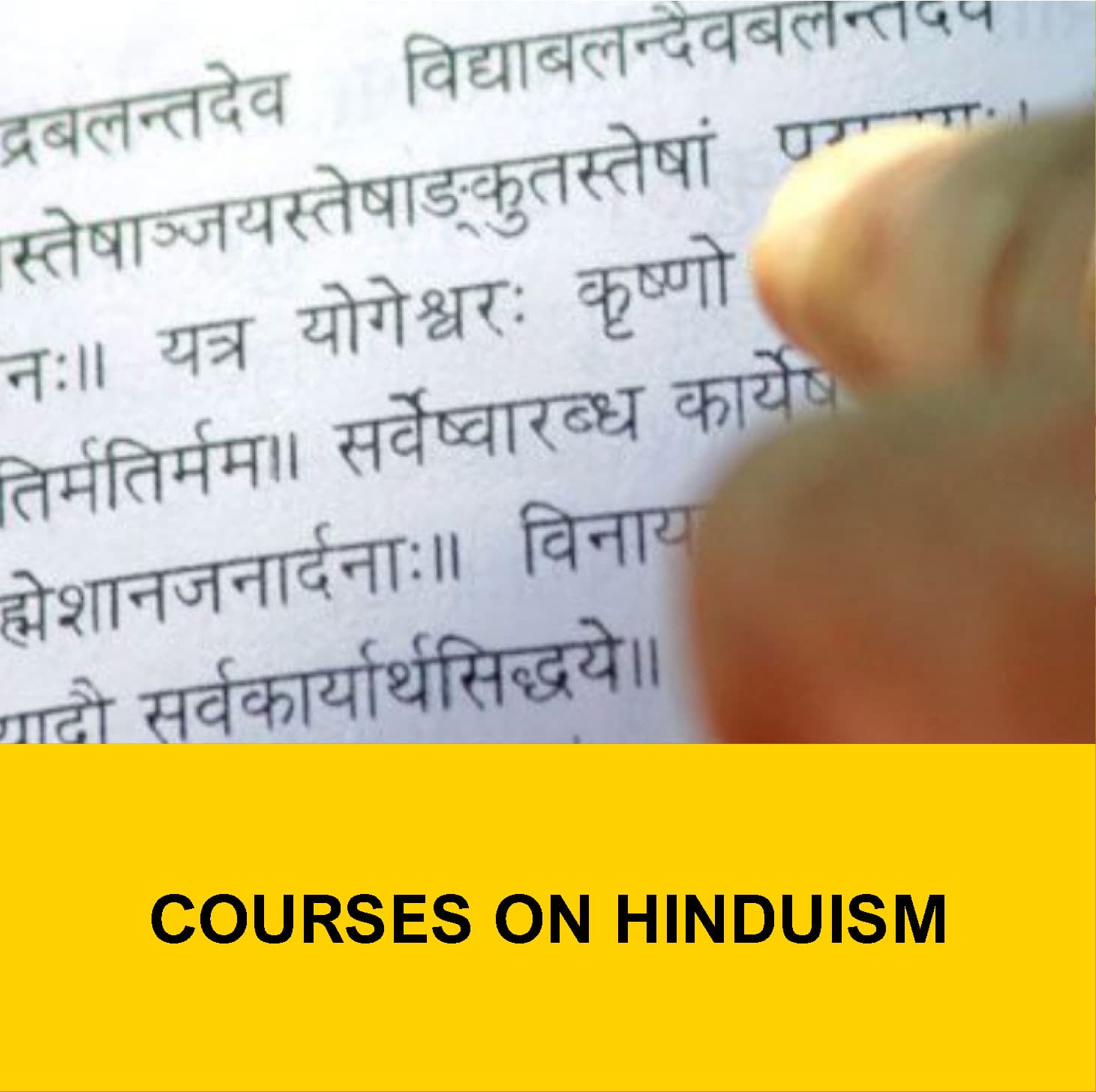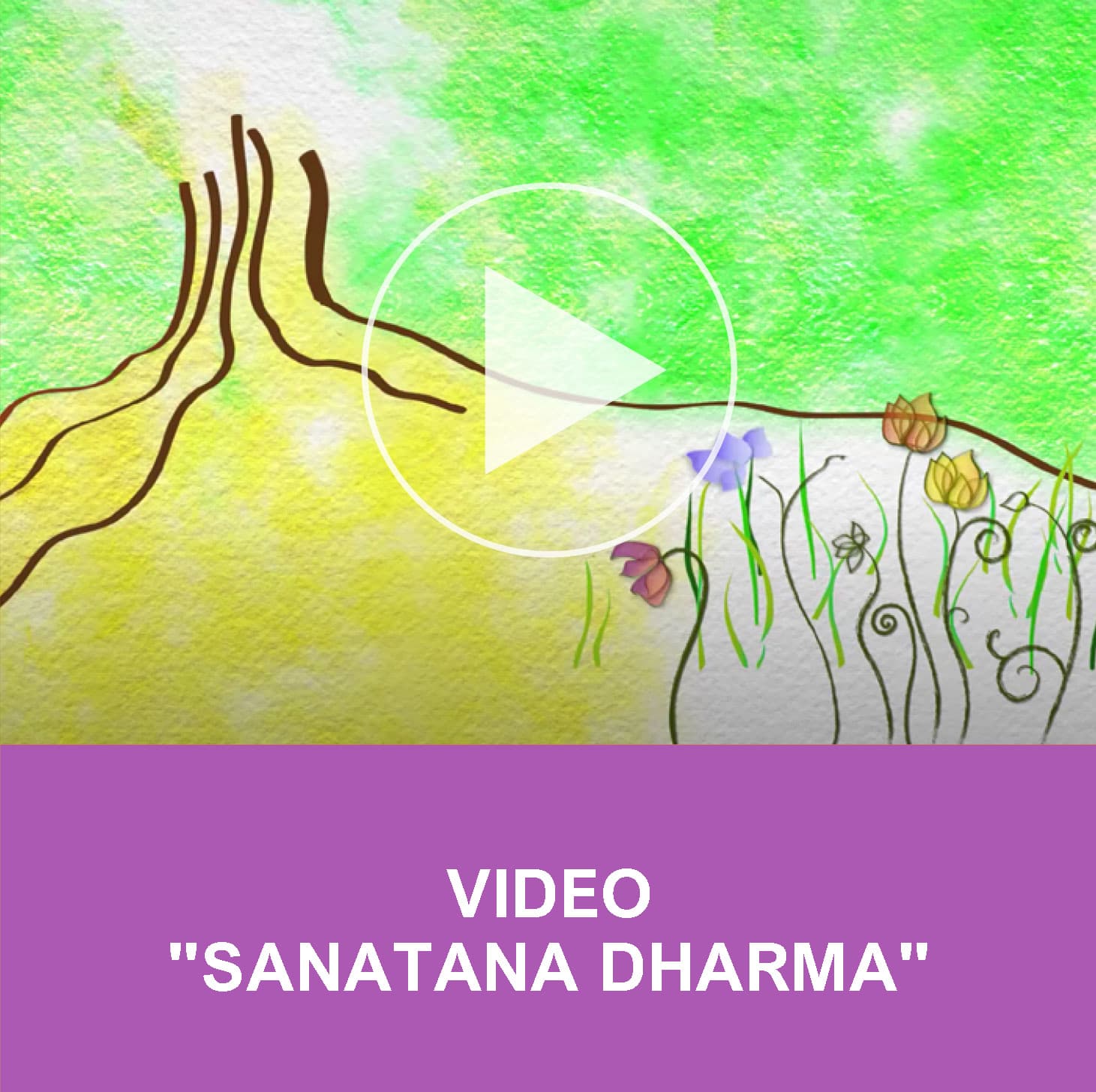LITTLE ENCYCLOPAEDIA
MODERN HINDUISM
From the first half of the nineteenth century, Indian society underwent major changes that were determined by various causes:
– the gradual process of westernization induced by British rule
– the increase in communication routes
– the use of the English language and Western education
– for the elite
– the presence of Christianity introduced by missionaries
– technological developments
– the evolution of the Indian nationalist movement
The social and political renewal was followed by a fervent spiritual rebirth which took the name of Neo-Hinduism. The Hindu cultural and religious world responded in different ways that can be summarized in two fundamental attitudes, even if the range of variation is very wide. On the one hand, it responded with an opening to the West, considered a factor of positive influence, on the other, with a refusal of such an opening and a return to the origins.
Brahmo Samaj (Association of Brahman)
The first current of Hindu reform was developed in Bengal by Ram Mohan Roy (1772-1833).
Prarthana Samaj
The peculiar characteristic of the Prarthana Samaj, born almost as an emanation of the Brahmo Samaj, is a cult founded on the traditional poems of the Varkari Panth or Varkari Sampradaya, especially those of Tukaram.
Dev Samaj
Founded in 1887 by Shiv Narayan Agnihotri (1850-1909), a brahman from Uttar Pradesh, who had been member of Brahmo Samaj of Latore and had left it in 1886.
Arya Samaj
Founded in 1875 by the brahman Mul Sankara (Dayanand Sarasvati) (1824-1883).
Ramakrishna
Gadadhar Cattopadhyay (1836-1886), better known with the monastic name of Ramakrishna, was one of the most important Gurus and mystics of 19th century and is still revered today by millions over the world.
Vivekananda
Narendra Nath Datta (1863-1903), known with the name of Vivekananda, was born in 1863 in a religious family devoted to charity. Vivekananda can be defined, according to Klostermaier “the first modern hindu monk”.
Ramakrshna Mission
Organisation founded in 1897 by Vivekananda and inspired by the figure of Ramakrishna, a great mystic overflowing with love for the Divine Mother.


